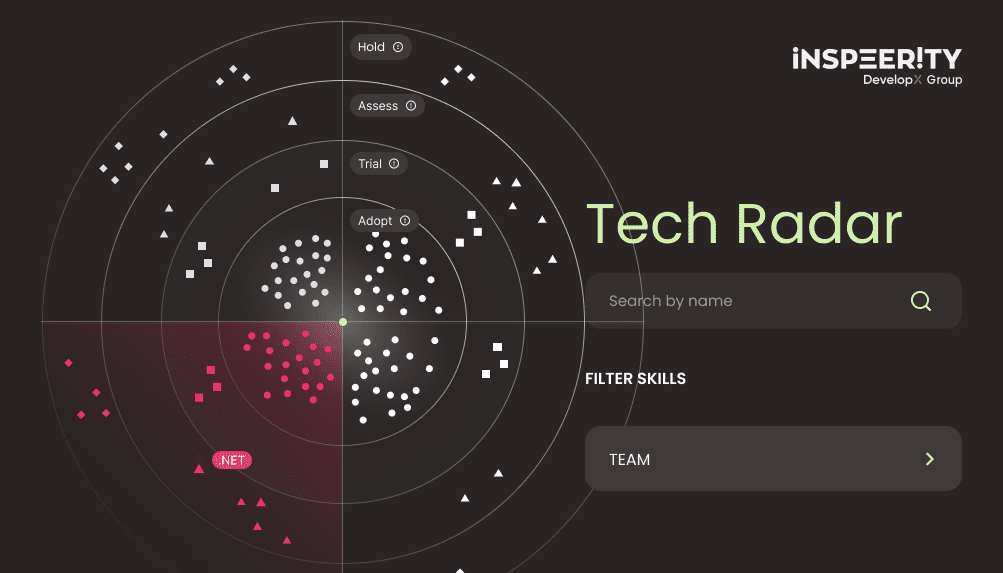Software development is a bit of a double-edged sword when it comes to the environment. On one hand, it can help create solutions to reduce your carbon footprint, on the other it uses a lot of energy to do so. By some estimates, the IT sector accounts for nearly 1.5% to 4% of global greenhouse gas emissions. To put that into perspective, it’s around the same amount as the aviation industry, which equals around 38.7 million flights per year!
So, how can developers and organizations reduce this impact? The answer lies in adopting greener coding practices. This can significantly contribute to sustainability efforts. This article explores what green coding means along with some practical tips for implementation. Plus, I’ll talk about its potential to support environmental goals, especially for green energy providers.
What is green coding?
Green coding is really what it sounds like, developing software with a focus on reducing its environmental impact. Green coding focuses on reducing the environmental impact of software by optimizing energy usage. Along with resource efficiency, and minimizing waste. Think of it as the digital answer to reducing your home’s electricity bill by switching to energy-efficient appliances. For companies, particularly in the green energy sector, adopting this is a good step towards sustainability goals. Additionally, looking for software from companies committed to green energy solutions can help get there faster.
Key principles of greener software development
To keep things short, you can reduce green coding into 3 main areas. For me, these should be the focus when you start to implement green coding in your work.
Optimize your algorithms
Efficient algorithms reduce computational requirements, thereby conserving energy without sacrificing performance. For example, parallel processing can break down a large dataset into smaller chunks. This can be processed across multiple threads or processors, significantly improving efficiency. Similarly, choosing the right data structures can reduce resource consumption.
Use minimalist code
Clean, concise code minimizes unnecessary operations, boosting performance and energy efficiency. For instance, instead of retrieving all user data (SELECT *), developers should fetch only the required fields (e.g., firstName, lastName). This reduces memory usage and processing overhead. Using techniques such as lazy loading, where data is loaded only when required, also lowers resources.
Pick energy-efficient frameworks
Choosing energy-efficient frameworks can lead to resource savings. For example, benchmarks show that Fastify can handle approximately 47,038 requests per second, while Express manages around 9,999. Fastify’s efficiency translates to reduced server load and energy consumption. Similarly, lightweight frameworks or runtime environments optimized for specific tasks can improve performance.
Run your solution on sustainable infrastructure
Infrastructure decisions significantly influence energy consumption. Moving to cloud platforms with renewable energy certifications, like AWS’s Sustainability Pillar or Google Cloud’s carbon-neutral services, can drastically reduce emissions. The expected boom in data centers, which could generate 2.5 billion metric tons of CO₂ by 2030, underscores the urgency of this transition. Two other options to consider are:
Virtual Machines and Containers
Using virtualization and containerization minimizes server sprawl and improves workload consolidation. Containers, in particular, are lightweight and consume fewer resources than traditional virtual machines. This enables better use of physical servers. Kubernetes and Docker are examples of tools that improve workload management.
Edge Computing
Edge computing reduces data transfer needs by processing data closer to its source. This approach not only decreases latency but also lowers energy consumption. It also reduces the reliance on centralized data centers.
Did you know?
The largest IT companies are the worst offenders. Of the 200 companies covered in a report, 148 reported electricity consumption totaling 518 terawatt-hours (TWh), about 1.9 per cent of the world total. Just 10 companies, mostly from East Asia and the U.S., used over half of this.
Design with scalability in mind
Sustainable design begins with scalability and adaptability. Modular architectures enable easier updates and reduce the need for resource-intensive rewrites. This approach not only saves energy but also supports broader goals such as reducing e-waste and encouraging efficient resource use.
For technical teams, designing scalable solutions ensures that software can handle growth without increasing its environmental footprint. For decision-makers, it delivers cost savings and long-term efficiency. Often how well a project scales is based on its IT architecture. If you’re struggling to get the most out of your solution, having an IT architecture review could be a good start to see where your main issues are.
Monitor and measure your green efforts
The problem here is that your carbon footprint isn’t a physical object that you can watch shrinking. Knowing whether you are being green is more of a tinkering exercise. The following tools and metrics can help:
How do you monitor energy consumption?
Tools like Intel Power Gadget or cloud monitoring platforms (e.g., AWS CloudWatch, Azure Monitor) provide insights into application-level energy usage. This visibility allows developers to refactor code or adjust configurations to reduce consumption.
How do you measure resource use?
Metrics such as Power Usage Effectiveness (PUE) evaluate data center efficiency by comparing total energy consumption to energy used for computing. Optimizing cooling systems, upgrading hardware, and consolidating workloads are ways to improve PUE.
Did you know?
Tools like PowerTOP help monitor real-time energy consumption at the application level, while platforms like Schneider Electric’s EcoStruxure optimize energy use across facilities. For data centers, calculating Power Usage Effectiveness (PUE) with solutions from Hogonext can improve efficiency, and rating systems like NABERS provide benchmarks for sustainability. These tools not only reduce energy use but also support environmental responsibility.
Challenges for the future
Integrating green coding into legacy systems poses significant challenges. Retrofitting old infrastructure and updating codebases requires investment and time. However, emerging technologies like AI and IoT offer promising solutions. AI-driven tools can optimize energy usage, while IoT devices provide real-time monitoring consumption.
Industry collaboration will play a crucial role in advancing green coding. Initiatives like the Green Software Foundation aim to establish standards for sustainable development. This will make it easier for organizations to adopt best practices.
How tiny coding tweaks can make a big impact
When it comes to green coding, every little action helps, even if it doesn’t feel like it to the individual. Imagine trying to reduce your carbon footprint by not driving to the shops every week. As an individual, you might never notice the impact of your choice, but you’ll certainly feel the added effort of walking an extra 15-20 minutes. However, if more and more people left their cars at home, these small changes would begin to add up, creating a positive impact on the environment.
Greener coding is no different. While optimizing code, transitioning to sustainable infrastructure, or adopting energy-efficient frameworks might seem like minor adjustments, they require extra thought and effort. Yet, when these practices are widely adopted across teams, organizations, and industries, the effects can start to add up.




